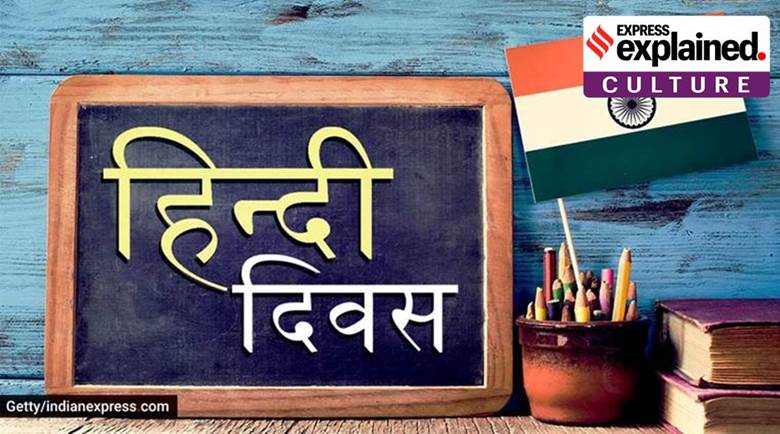Free Courses Sale ends Soon, Get It Now


Free Courses Sale ends Soon, Get It Now



Copyright infringement not intended
Context: The annual celebration of Hindi Diwas commemorates September 14, 1949, the day when the Constituent Assembly of India took the decision to make Hindi the official language of the Union government, while English was to hold the status of associate language for 15 years.
Details:
The Hindi-Urdu tug-of-war
Post-1947 debate over Hindi
From protests to Hindi Diwas
Hindi’s reach:
What are the Government Initiatives to Promote Hindi?
© 2024 iasgyan. All right reserved